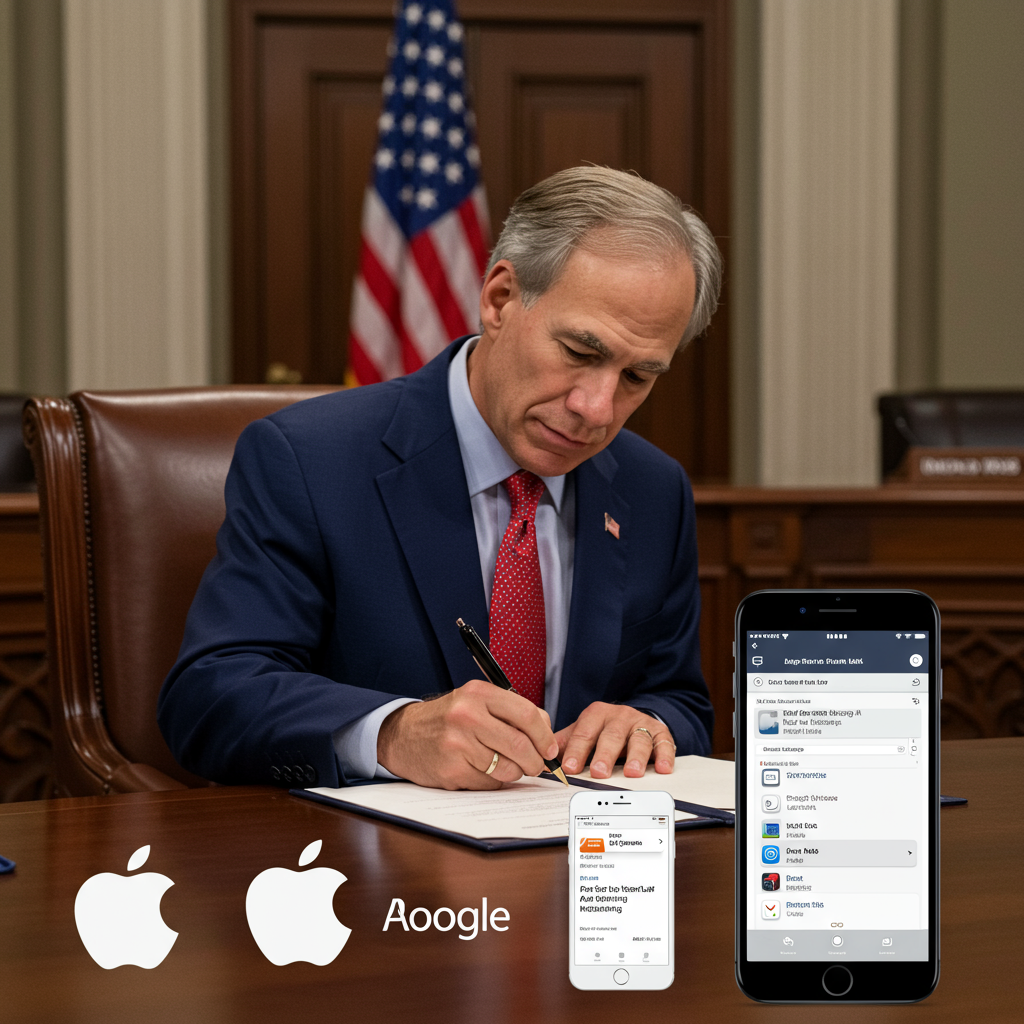Concerns are mounting as alarming statistics reveal a significant decline in sun protection habits among young adults. Despite overwhelming evidence highlighting the dangers of unprotected sun exposure, many members of Generation Z are reportedly skipping a crucial step in skin health: applying sunscreen. This concerning trend appears closely linked to the rise of unsupported health claims circulating rapidly across social media platforms, influencing the perceptions and behaviors of younger generations regarding sun safety.
The Alarming Decline in Sunscreen Use
Recent studies paint a worrying picture of Gen Z sunscreen use. Research from the American Academy of Dermatology found that a staggering only 37% of Generation Z regularly uses sunscreen. This low adoption rate is particularly troubling given the documented increase in skin cancer diagnoses, including melanoma, among younger populations. Experts emphasize that establishing consistent sun protection early in life is fundamental to preventing long-term damage.
Why Sunscreen is Non-Negotiable for Skin Health
Understanding the critical role sunscreen plays is essential. The sun emits harmful ultraviolet (UV) radiation, primarily UVA and UVB rays. UVA rays penetrate deep into the skin, contributing to premature aging, wrinkles, and age spots. UVB rays are the primary cause of sunburn and play a significant role in causing skin cancer. Both types of UV radiation damage skin cell DNA, leading to mutations that can develop into cancerous cells.
Regular sunscreen use significantly reduces your risk of developing squamous cell carcinoma by about 40% and melanoma, the deadliest form of skin cancer, by 50%. It also helps prevent photoaging, keeping skin looking younger and healthier for longer. Skipping this vital step leaves skin vulnerable to immediate damage like sunburn and cumulative damage that increases cancer risk over time.
Social Media: A Breeding Ground for Misinformation
The spread of health misinformation on social media platforms is a major factor contributing to the decline in Gen Z sunscreen use. Social media misinformation campaigns often originate from unverified sources or influencers without relevant medical or scientific backgrounds. These posts gain traction quickly due to algorithms favoring engagement, regardless of accuracy.
Common misinformation about sunscreen includes claims that it contains toxic chemicals, causes cancer rather than prevents it, disrupts hormones, or is entirely ineffective. These claims, often presented as “natural” or “alternative” health truths, can be persuasive, particularly to younger audiences seeking authentic or non-mainstream information online. The lack of immediate negative consequences from not wearing sunscreen can also make these false claims seem more credible than the long-term, unseen risks of UV damage.
Expert Insights Counter False Claims
Dermatologists and skin cancer researchers are actively working to counteract this surge of sunscreen misinformation. Experts like Dr. Mark Hyde, a University of Utah Assistant Professor teaching dermatology, strongly refute the claims that sunscreen is inherently harmful. He labels these allegations as “abjectly untrue.” While acknowledging that studies can show potential concerns about certain chemicals in high concentrations, Dr. Hyde emphasizes that the amount absorbed through the skin from sunscreen is minuscule and poses no significant health risk compared to the proven dangers of UV exposure.
“The amount that we get on our skin is so small when you look at blood concentrations that it’s not influencing hormones,” Dr. Hyde explains. This expert perspective highlights the vast difference between theoretical risks studied in controlled, high-concentration scenarios and the practical, safe use of sunscreens as directed.
Addressing Sunscreen Ingredient Concerns
Legitimate concerns about chemical ingredients in sunscreens exist for some individuals. This is often fueled by online discussions and studies raising questions about certain UV filters. Fortunately, the market offers effective alternatives that address these worries while still providing robust protection.
Mineral sunscreens, containing active ingredients like zinc oxide and titanium dioxide, are widely recommended for those seeking alternatives to chemical filters. These mineral compounds work by sitting on top of the skin and physically blocking or reflecting UV rays, rather than absorbing them like chemical filters do.
Dr. Hyde supports mineral-based options for concerned individuals. “If you’re really worried about those health problems, pick a sunscreen that has a mineral-based defense,” he advises. Mineral sunscreens are generally considered safe and are often preferred for sensitive skin or for use on children. Choosing an SPF of 30 or higher and ensuring the product offers “broad-spectrum” protection against both UVA and UVB rays is crucial, regardless of whether you choose a chemical or mineral formula.
How to Spot Credible Health Information Online
In the age of online misinformation, developing critical media literacy skills is vital, especially for health topics. When researching health information, particularly about subjects like sunscreen safety or skincare, it’s important to scrutinize the source’s credibility.
Look for information from:
Established medical organizations (e.g., American Academy of Dermatology, Skin Cancer Foundation, CDC).
Reputable academic institutions and research bodies.
Healthcare professionals with verified credentials (MDs, PhDs in relevant fields).
Government health websites.
Be wary of information from:
Individuals with no verifiable medical or scientific background.
Websites or accounts selling “alternative” products that make unsubstantiated claims.
Posts relying solely on personal anecdotes or cherry-picked study findings.
Content that uses sensational language or urges you to distrust mainstream science.
Dr. Hyde stresses the importance of checking profiles and sources. “There are clearly experts, and you can tell by looking in profile if someone has knowledge or training about what they’re talking about or if they don’t,” he states. Relying on qualified experts is the safest way to navigate health advice online.
Sun Protection Beyond Sunscreen
While sunscreen is a cornerstone of sun safety, it’s most effective when part of a comprehensive sun protection strategy. This includes:
Seeking Shade: Especially during peak sun hours (typically 10 AM to 4 PM).
Wearing Protective Clothing: Long-sleeved shirts, pants, and wide-brimmed hats offer excellent barriers against UV rays. Many fabrics now come with UPF (Ultraviolet Protection Factor) ratings.
- Wearing UV-Blocking Sunglasses: Protect your eyes and the delicate skin around them from UV damage.
Combining these methods provides the best defense against the sun’s harmful effects, significantly reducing the risk of sunburn, premature aging, and melanoma and other skin cancers.
The Specific Risk in Areas Like Utah
The location mentioned in the original article, Utah, serves as a poignant example of why sun protection is exceptionally critical in certain geographic areas. Utah has the highest rate of melanoma in the United States. This is attributed to several factors, including its high elevation, which results in increased exposure to UV radiation (UV intensity increases by about 10% for every 1,000 feet of elevation gain). The state’s population also tends to be fair-skinned, and outdoor recreation is popular year-round, leading to cumulative exposure from activities like skiing, hiking, and climbing.
For individuals living in or visiting high-elevation, sunny regions like Utah, consistent and effective sun protection is not just a recommendation; it’s a public health imperative. The spread of sunscreen misinformation in such areas is particularly dangerous, directly contributing to increased health risks for residents.
Frequently Asked Questions
Why is sunscreen use reportedly so low among Gen Z compared to other generations?
Reports indicate that only 37% of Gen Z regularly uses sunscreen. Experts link this low usage rate significantly to the pervasive spread of health misinformation on social media. Unsupported claims suggesting sunscreen is toxic, causes cancer, or is ineffective gain traction among young adults, often from influencers without medical expertise. This contrasts with long-standing public health messaging that emphasizes the proven benefits and safety of sunscreen for preventing skin cancer and premature aging.
Are chemical sunscreens unsafe? What type of sunscreen is best for someone concerned about ingredients?
While some online sources raise concerns about certain chemical UV filters, dermatologists like Dr. Mark Hyde state that the amount absorbed into the bloodstream from typical sunscreen use is minimal and does not pose a health risk. However, for those concerned about ingredients or who have sensitive skin, mineral sunscreens containing zinc oxide and titanium dioxide are recommended. These sunscreens form a physical barrier on the skin and are widely considered safe and effective, offering excellent UV protection.
How does social media misinformation about sunscreen impact health risks, especially in areas with high sun exposure like Utah?
Social media misinformation directly influences behavior, leading many in Gen Z to skip sunscreen. This is especially risky in locations like Utah, which has the highest melanoma rates in the U.S. due to high elevation and intense UV exposure. When false claims undermine the importance of sun protection, it leaves individuals more vulnerable to DNA damage from UV rays, significantly increasing their long-term risk of developing skin cancer. Public health experts warn this trend could exacerbate existing issues in high-risk areas.
Conclusion: Prioritizing Proven Sun Safety
The low rate of Gen Z sunscreen use, fueled by online misinformation, presents a significant public health challenge. While it is understandable to have questions about product ingredients, it is crucial to rely on credible sources and expert advice when it comes to your health. The overwhelming scientific consensus is that sunscreen, used as directed alongside other sun protection methods, is a safe and highly effective tool for preventing the very real and serious risks of sun damage, including skin cancer.
As Dr. Hyde personally affirms, the proven risk of melanoma and other skin cancers from unprotected UV exposure far outweighs the rumored, unsubstantiated risks associated with sunscreen ingredients. Prioritizing daily sun protection is an investment in your long-term skin health and well-being. Be critical of information encountered online and trust the guidance of medical professionals who specialize in skin health.
Word Count Check: 1078 words



